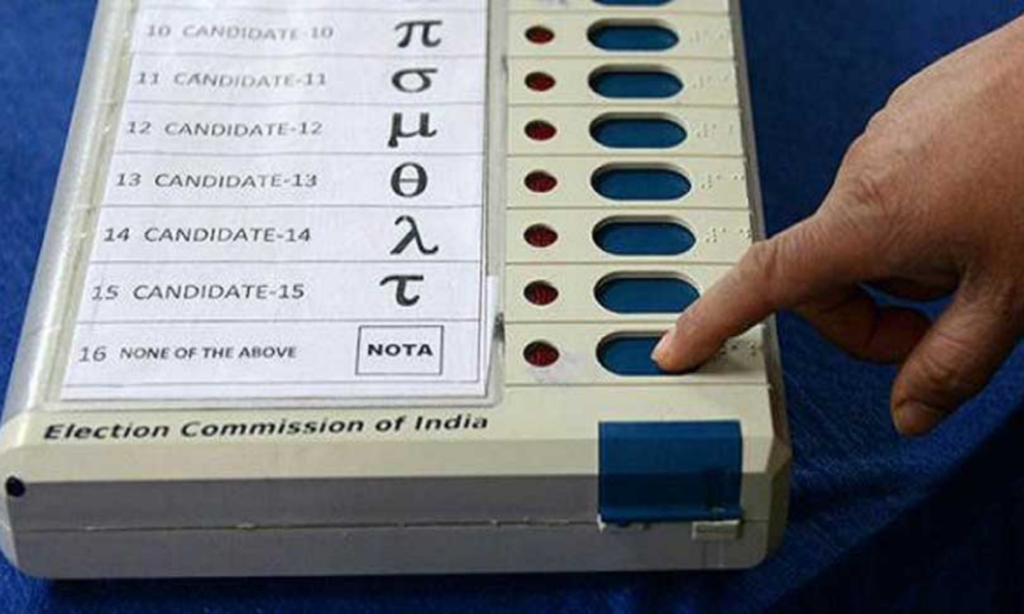Supreme Court’s decision regarding the verification of electronic voting machines (EVMs) with Voter Verifiable Paper Audit Trail VVPAT Verification has significant implications amidst ongoing General Elections to the Lok Sabha.
Supreme Court’s directions:
- The Symbol Loading Units (SLUs) used in VVPATs must be sealed, secured, and stored for 45 days following the election results.
- The SLUs are to be stored alongside the EVMs and undergo examination akin to the EVMs.
- Candidates can request verification of 5% of the EVMs, including ballot units, control units, and VVPATs, in any given constituency by engineers of the manufacturers.
- This request must be made in writing within seven days of the declaration of the election results.
About EVM:
- An EVM is a portable instrument for the purpose of conducting elections to the parliament, legislature and local bodies like panchayats and municipalities.
- In 1989, the Election Commission (EC) developed India’s indigenous EVMs in alliance with two central government undertakings – the Electronics Corporation of India (ECIL) and Bharat Electronics Limited (BEL).
- It is a microcontroller-based instrument designed to modernise the election procedure and there is no scope for invalid votes and total secrecy of voting data is maintained and it also facilitates quick and accurate counting.
- The voting data recorded in EVMs can be retained for years and can be extracted if necessary.
- It was first time used in the general election in Kerala in 1982.
Working Module of EVM:
- An EVM consists of a control unit and a balloting unit.
- The control unit belongs to a polling officer while the balloting unit is kept in a compartment to cast votes.
- The balloting unit presents the voter with blue buttons horizontally labelled with corresponding party symbols and candidate names.
- The Control Unit, on the contrary, provides the officer-in-charge with a ‘Ballot’ marked button to proceed to the next voter, instead of issuing a ballot paper to them.
- EVMs can even be used in areas with no electricity, as they can be operated on alkaline batteries.
Voter Verifiable Paper Audit Trail (VVPAT):
- Initially introduced during the 2014 Lok Sabha elections in India, the VVPAT is essentially a system for verifying votes without traditional paper ballots, directly linked with the EVM.
- VVPAT generates a paper slip post-vote, displayed for seven seconds, showing the party’s name and symbol chosen by the voter.
- Voters can see the slip through a transparent window on the EVM to verify their selection.
- After viewing, the slip drops into a secure compartment within the EVM, which can be accessed in case of any disputes.
- In 2019, the Supreme Court of India required cross-verification of VVPAT slips with EVMresults for 5 machines per assembly segment in each parliamentary constituency.
- Ensures voter confidence and transparency by providing a physical proof of electronically cast votes.
Ref:Source
| UPSC IAS Preparation Resources | |
| Current Affairs Analysis | Topperspedia |
| GS Shots | Simply Explained |
| Daily Flash Cards | Daily Quiz |


